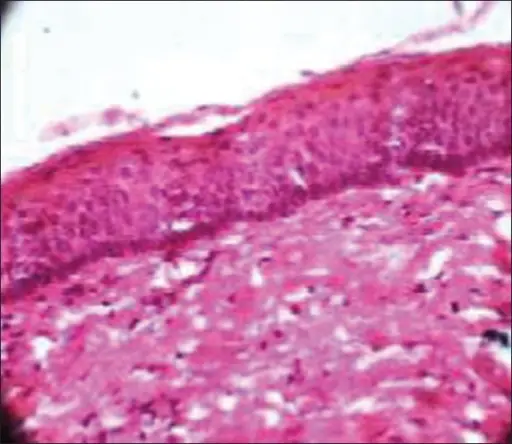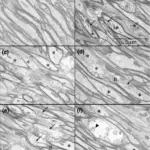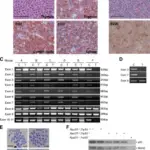Gorlin syndrome is also known as nevoid basal cell carcinoma syndrome. Gorlin syndrome is a condition that affects many areas of the body and increases the risk of developing various cancerous and noncancerous tumors.
What is the Pathology of Gorlin Syndrome?
Etiology: The cause of Gorlin syndrome is a mutation in the PTCH1 gene. Nevoid basal cell carcinoma syndrome (NBCCS) is inherited in an autosomal dominant pattern. All individuals inherit two copies of each gene.
Genes involved: (PTCH1), a tumor suppressor gene located on chromosome 9q. Mutations in suppressor of fused gene (SUFU) on chromosome 10q and PTCH2 on chromosome 1p
Pathogenesis: The sequence of events that lead to Gorlin syndrome Gorlin syndrome a mutation in patched 1 (PTCH1), a tumor suppressor gene located on chromosome 9q. The PTCH1 gene encodes a transmembrane receptor protein that recognizes signaling proteins of the sonic hedgehog family. Homozygous inactivation of the PTCH gene leads to tumorigenecity and the formation of multiple basal cell carcinomas and other tumors.
Histology: The histology associated with Gorlin syndrome shows tumor nests consisting of basiloid cells having cellular and nuclear atypia and arranged in a palisading fashion, dispersed throughout the dermis.
How does Gorlin Syndrome Present?
Patients with Gorlin syndrome are more males than females. Cancers start to develop around the age of 30. The symptoms, features, and clinical findings associated with Gorlin syndrome include cerebral calcifications, medulloblastomas, macrocephaly, and multiple basal cell carcinomas.
How is Gorlin Syndrome Diagnosed?
Gorlin syndrome is diagnosed clinically. Genetic testing can be done to help with the diagnosis.
How is Gorlin Syndrome Treated?
Gorlin syndrome is treated by surgery, chemotherapy and radiotherapy.
What is the Prognosis of Gorlin Syndrome?
The prognosis of Gorlin syndrome poor. There is no cure.



